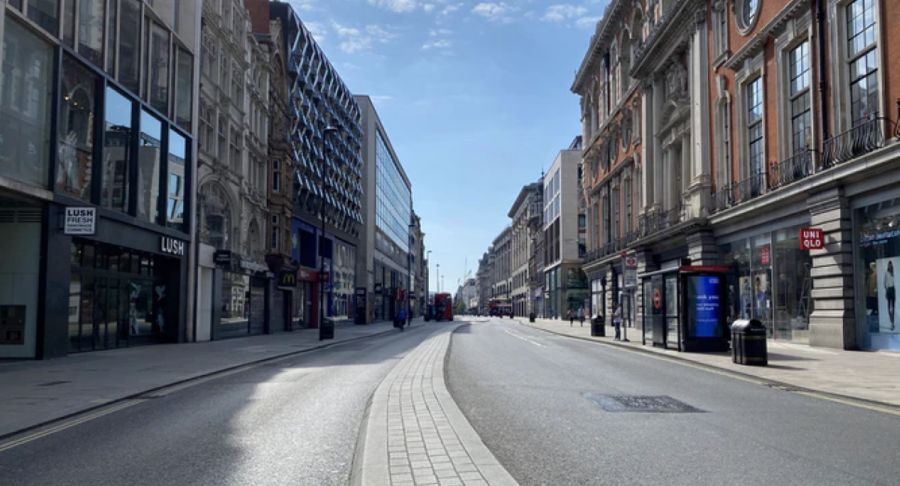What will the UK's second lockdown mean for advertising?

Here we are then. Lockdown 2.0. Lockdown Part Two. Lockdown Strikes Back. Whatever you want to call it, we all knew it was coming, despite the Prime Minister’s assurances of just a few weeks ago. The restrictions are slightly more relaxed than what we faced earlier in the year but, nonetheless, we’re all strapped in for another four weeks (hopefully, only that long) of Zoom quizzes, banana bread baking, and excessive drinking while still in your pyjamas.
For the advertising and marketing industry, where Zoom calls and excessive drinking were an almost everyday occurrence long before COVID-19, the hope is that this new lockdown doesn’t do anywhere near as much damage as the last did – a feeling shared across the majority of industries.
“At the start of the first lockdown, retailers battened down the hatches immediately and cut costs whenever they could. While some furloughed staff and closed down brick and mortar stores, others went too far and cut back on performance marketing spend,” says Liam Patterson, CEO at Bidnamic. “… Decisions such as cutting digital marketing spend while consumers shop online in greater numbers added fuel to fire and caused further negative repercussions for brands at a time of increased economic uncertainty.”
Pandemic pains
The damage done to the industry has been highlighted by the last two releases of the IPA Bellwether Report, where it was seen that UK marketing budgets suffered their biggest decline in the 20-year history of the report in Q2 2020 and continued to struggle in Q3 2020, and in the latest Expenditure Report from the Advertising Association and WARC, where figures showed that the UK advertising industry recorded its worst-ever quarter in Q2 2020.
With the damage caused evident, the industry has been able to look back and see where this damage may have been done and strive to make sure it doesn’t happen this time around. Because hindsight. That old back vision. When you think of something smart you should’ve said after you lost an argument. Sorry, tangent. Anyway.
“Whilst there wasn’t a huge downturn in impressions during the first lockdown, we saw a switch from premium formats, such as dynamic ads, towards standard ads. But this meant advertisers were not able to serve different messages at different times, during a period when it would have reaped dividends for them,” says Simon Thorne, Managing Director for Western Europe at Flashtalking.
“Going into the second lockdown we have more visibility, and with some things such as sporting events continuing, hopefully the impact will not be as big as the first one.”
With the lessons learned from the first lockdown, there is a general feeling around the industry that this one won’t quite have such a negative impact.
Unlike other struggling industries, such as hospitality, advertising is one where intelligent adjustments based on the experiences of the first lockdown can greatly improve the place the industry finds itself in.
Justin Taylor, Managing Director UK at Teads, says, “we’ve had to adapt to massive changes in how consumers access content.” These changes also “created huge brand safety challenges” around words like ‘pandemic’, “so there has been a process of education and we are certainly in a better place with advertisers now,” he suggests.
“We have learned from the first lockdown, it is critical for brands to understand these new consumer behaviours and purchasing patterns,” adds Patrick Johnson, CEO at Hybrid Theory. “Also, identify who is in-market versus who is more cautious with their spending due to the circumstance changes.”
As a result of the education received from the first lockdown and anticipation of a second, many advertisers and marketers are well-prepared for what’s to come over the next four weeks – and in the future, if we have further lockdowns (please, God no!).
“I believe that advertisers have taken huge steps in the past seven months to recalibrate their business and reimagine their messaging to adapt to new ways of working, and I imagine for many brands, things will continue ‘business as unusual’,” says Craig Tuck, CRO at The Ozone Project. “As media owners we have had to become more flexible and imaginative in our approach and as long as we listen and respond to our customers’ needs, then that can only stand us in good stead.”
Claire Burgess, Head of Biddable at NMPi by Incubeta, adds, “As we head into lockdown part two, it’s important for advertisers to return to the mindset they were in earlier this year and be reactive to the market. Christmas this year will be different to what we know, and we will undoubtedly see a huge uplift in online revenue as the uncertainty surrounding physical retail restrictions intensifies.”
And, speaking of Christmas…
Black Friday/Christmas
This lockdown falls in what is the most important retail period of the year, with Black Friday occurring while we are all trapped indoors and Christmas day falling just 23 days after we expect the lockdown to end.
“With two of the UKs biggest retail milestones in the firing line – but retailers unable to rely on physical footfall into stores – many marketers will need to be quick to adapt their strategies and engage consumers online during this critical period,” says Harmony Murphy, GM Advertising UK at eBay.
With these two occasions marked on everybody’s calendars for the same time every year, marketers have an added layer of security in being able to somewhat know what to expect. But, at the same time, there’s a huge amount of uncertainty because we can’t quite be sure how consumers are going to react this time.
“One thing that we can now be sure of is that, for the first time ever, Black Friday will take place entirely online,” adds Murphy. “But aside from this, there’s still so much that’s uncertain – including consumer behaviour and priorities, which will likely continue to shift… As we enter a second national lockdown in the lead up to Christmas, will people redirect their spend towards home improvement, instead of party clothes and decoration? To successfully understand and engage with audiences in the run up to Black Friday and Christmas, marketers must ensure that they harness the freshest data insights possible and look to target consumers in real-time, with products or messages that are truly relevant to them in that moment.”
Equally, while marketers look to get their strategy right in the coming weeks, they will also have an eye on making up for “the shortfall in projected profit margin,” according to Simon Gaulshoj, CEO at Adnami.
“Lockdowns mean that eCommerce will take centre stage to an even greater extent than usual, and as traditional media consumption continues to be unpredictable, with premium formats such as digital out of home still struggling to resonate, marketers will be looking for guaranteed ways to stop people in their tracks.”
In order to resonate with consumers, marketers over the festive and pre-festive period marketers must pay close attention to the way that these consumers have adapted and not just focus on their own adaptions.
Faye Daffarn, Managing Director UK at Tug, describes this as a “new digital future [that] has been embraced by many as the new normal”. But “businesses must see through the eyes of their consumer, and question what digital transformation actually means for their business,” she warns, adding that businesses must be agile in engaging with consumers across digital touchpoints across the Black Friday and Christmas period.
Whatever the route businesses decide to take during this lockdown, there still remains a great deal of uncertainty around how everything will unfold, though the general outlook is one of more positivity than what we’ve seen so far this year.
From the outside looking in (as we all will be doing, during our ‘daily exercise’, peering into our favourite bars, restaurants, and shops that have shut their doors), it looks like things are heading in the right direction for the industry. But only time will tell.
“Some brands may pause or pull their media spend again, and some may adapt to match an audience who will again be looking for ways to be inspired, entertained and educated. Whatever media channels brands choose, the greatest success will exist in making messaging relevant against the current backdrop — a strategy that could prove far more beneficial than falling silent,” concludes James Wigley, Chief Commercial Officer at Jungle Creations.
Source: Tyrone Stewart, Mobile Marketing


